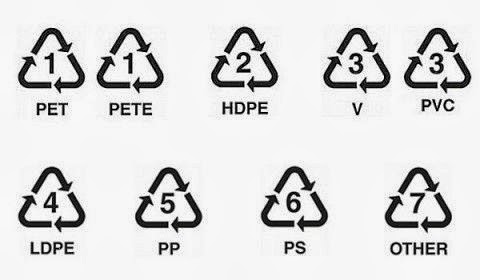Recommended articles: digital economy, fintech, innovation and economics
- How the laws and regulation affecting blockchain technology can impact its adoption (Business Insider).
- Why China Is Leading the Fintech Race (Knowledge@Wharton).
- The New Silk Road: 8 steps to ensuring China’s $900 billion project is a success (WEF).
- The Global Competitiveness Report 2017–2018 (The Big Picture).
- OECD Digital Economy Outlook 2017 (OECD).
- Resume: Potential Economic Effects of Climate Change (The Big Picture) or complete original paper: Information on Potential Economic Effects Could Help Guide Federal Efforts to Reduce Fiscal Exposure (GAO).
- Measuring the “Free” Digital Economy Within the GDP and Productivity Accounts: We develop an experimental methodology that values ”free” digital content through the lens of a production account and is consistent with the framework of the national accounts. We build upon the work in Nakamura, et al. (2016) by combining marketing- and advertising-supported content and find that the impact of ”free” digital content on U.S. gross domestic product (GDP) has accelerated in recent years, particularly since 2005. However, the explosion in ”free” digital content is partially offset by a decrease in ”free” print content like newspapers. Including these, real GDP growth would grow at 1.53 percent a year from 2005 to 2015 rather than the official growth rate of 1.42 percent, a tenth of a percent faster. Thus, there is a substantive impact on 2005 to 2015 real growth, even when we do not measure the full consumer surplus benefits of free goods. In addition, from 1995 to 2005, real GDP growth, including ”free” content, would grow 0.07 percentage point faster, and in the earlier period, from 1929 to 1995, 0.01 percentage point faster. We further find that the personal consumption expenditures (PCE) and core PCE deflators would have risen about 0.1 percentage point more slowly from 2005 to 2015. To analyze the impact of ”free” content on measured private business total factor productivity (TFP) growth, we account for inputs of ”free” content used in production. We find that TFP would grow faster by 0.07 percentage point per year from 2005 to 2014 and faster by 0.07 percentage point from 1995 to 2005 (Federal Reserve Bank of Philadelphia).



Comentarios